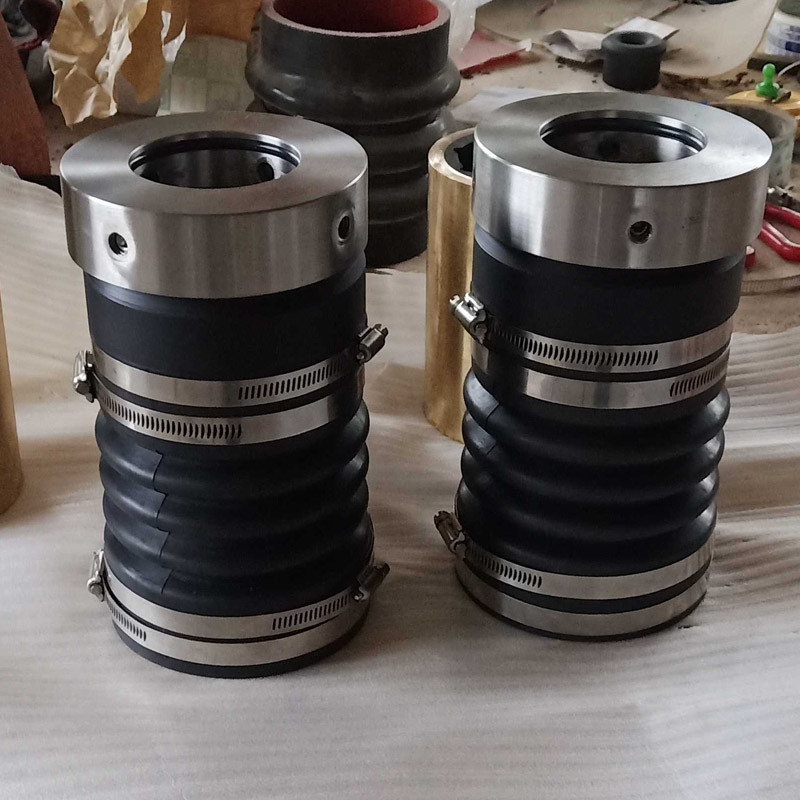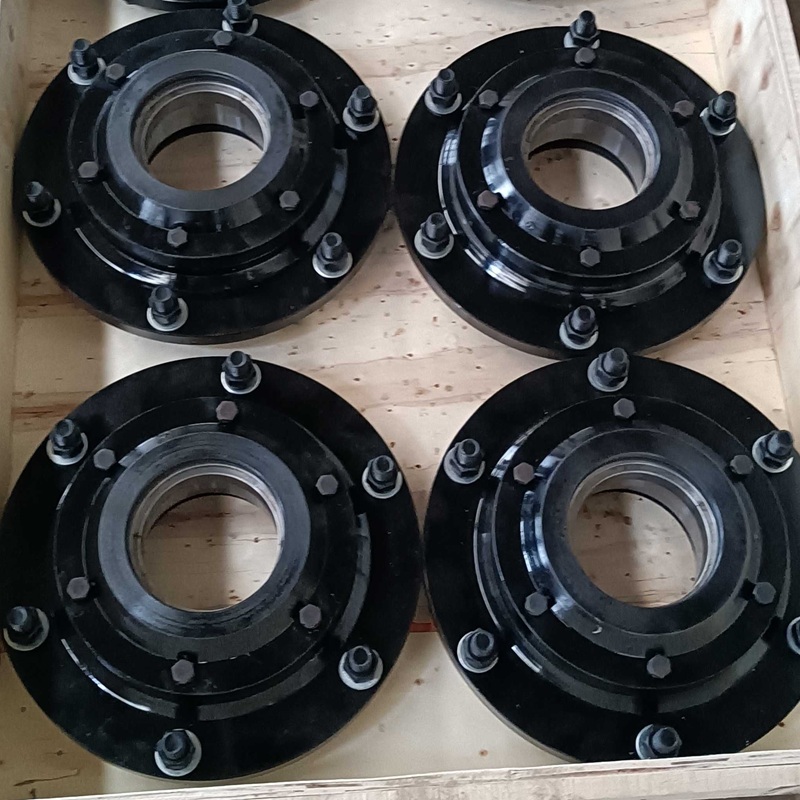Understanding PSS Shaft Seals: Essential Components for Marine Applications
Release Time:
Jun 01,2025
PSS shaft seals, or packing seal systems, are specialized components designed to prevent the ingress of water into the vessel's propulsion system while allowing the shaft to rotate freely. This dual function is essential for ensuring both operational efficiency and safety in maritime environments. The design of PSS shaft seals typically incorporates a combination of elastomeric materials and preci
PSS shaft seals, or packing seal systems, are specialized components designed to prevent the ingress of water into the vessel's propulsion system while allowing the shaft to rotate freely. This dual function is essential for ensuring both operational efficiency and safety in maritime environments. The design of PSS shaft seals typically incorporates a combination of elastomeric materials and precision-engineered components to create a robust seal that withstands the harsh conditions commonly found in marine applications.
One significant advantage of PSS shaft seals is their ability to operate without the need for traditional packing materials. Conventional packing systems often require regular maintenance and adjustment to prevent leaks, which can be time-consuming and labor-intensive. In contrast, PSS seals utilize a mechanical sealing principle that significantly reduces the need for maintenance while providing a more reliable barrier against water ingress. This feature is particularly beneficial for vessels that operate in challenging environments or are subject to extended periods of use.
The materials used in the construction of PSS shaft seals are selected for their durability and resistance to wear. High-quality elastomers, such as nitrile or fluorocarbon, are commonly employed, offering excellent performance across a wide temperature range and resistance to various marine fluids. This ensures that the shaft seal maintains its function over time, even under extreme operational conditions.
Installation and alignment of PSS shaft seals are crucial to their functionality. Proper alignment minimizes the risk of excessive wear and enhances the seal's lifespan. It is advisable to follow best practices during installation, including ensuring that the shaft is level and the seal is correctly positioned. Regular inspections and monitoring can further help identify any potential issues before they escalate.
In conclusion, PSS shaft seals are vital components in the marine transportation industry, offering a reliable and maintenance-free solution to prevent water ingress in propulsion systems. Their innovative design and material composition make them an excellent choice for shipbuilders and operators looking to enhance the performance and longevity of their vessels. Understanding the technical aspects of PSS shaft seals can aid professionals in making informed decisions regarding their implementation and maintenance, ultimately contributing to safer and more efficient marine operations.
One significant advantage of PSS shaft seals is their ability to operate without the need for traditional packing materials. Conventional packing systems often require regular maintenance and adjustment to prevent leaks, which can be time-consuming and labor-intensive. In contrast, PSS seals utilize a mechanical sealing principle that significantly reduces the need for maintenance while providing a more reliable barrier against water ingress. This feature is particularly beneficial for vessels that operate in challenging environments or are subject to extended periods of use.
The materials used in the construction of PSS shaft seals are selected for their durability and resistance to wear. High-quality elastomers, such as nitrile or fluorocarbon, are commonly employed, offering excellent performance across a wide temperature range and resistance to various marine fluids. This ensures that the shaft seal maintains its function over time, even under extreme operational conditions.
Installation and alignment of PSS shaft seals are crucial to their functionality. Proper alignment minimizes the risk of excessive wear and enhances the seal's lifespan. It is advisable to follow best practices during installation, including ensuring that the shaft is level and the seal is correctly positioned. Regular inspections and monitoring can further help identify any potential issues before they escalate.
In conclusion, PSS shaft seals are vital components in the marine transportation industry, offering a reliable and maintenance-free solution to prevent water ingress in propulsion systems. Their innovative design and material composition make them an excellent choice for shipbuilders and operators looking to enhance the performance and longevity of their vessels. Understanding the technical aspects of PSS shaft seals can aid professionals in making informed decisions regarding their implementation and maintenance, ultimately contributing to safer and more efficient marine operations.
Keywords:
More information



